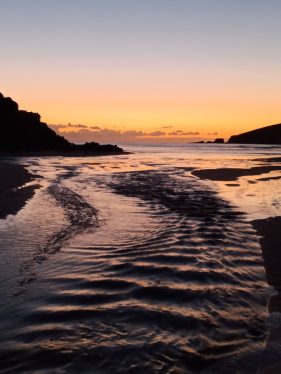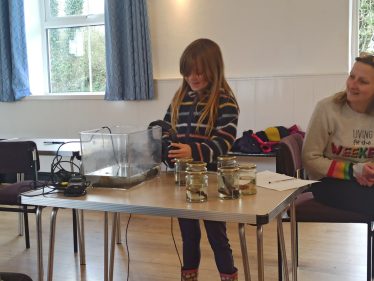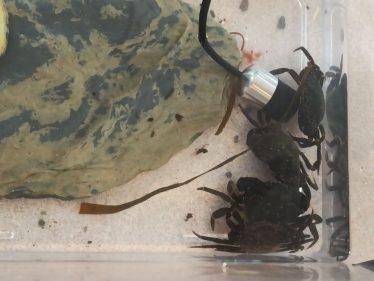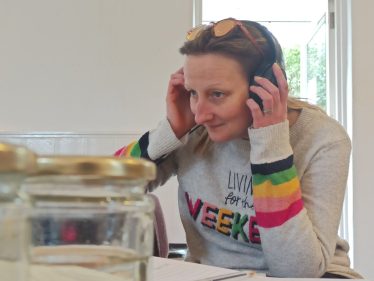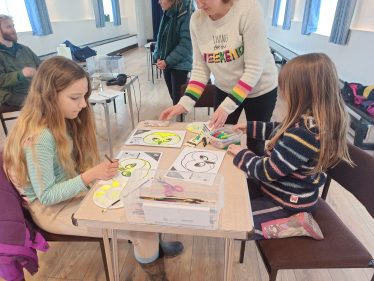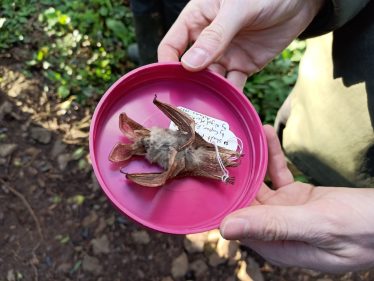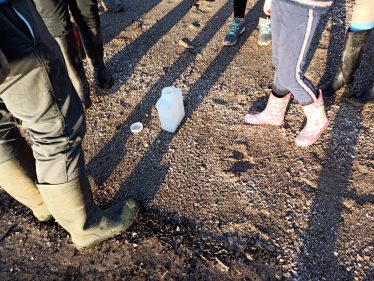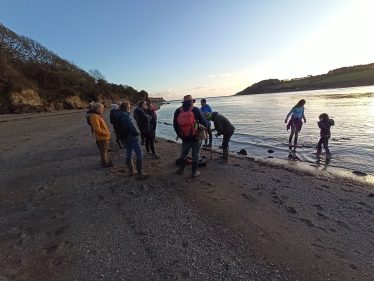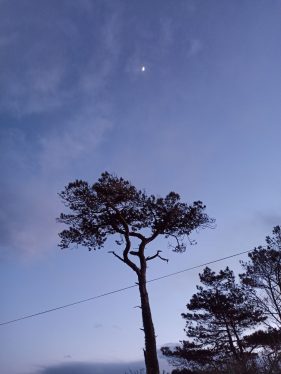Seeing the Invisible, Hearing the Inaudible: Revealing estuarine mysteries through art and science
In what ways can analysis of nocturnal human-environment entanglements of the River Erme reveal new insights about the contested futures of our rivers? With a focus upon after-dark as a temporal location this research will focus upon the cultural invisibility of the nocturnal lives of bodies of water.

This research project asks ‘In what ways can analysis of nocturnal human-environment entanglements of the River Erme reveal new insights about the contested futures of our rivers?’ The Blue Humanities have established the need to develop critical insights across bodies of water. But what of the much smaller water courses? The Erme, described by South Devon AONB as the least developed river in England, has a complex history linked to tin-mining, and material artefacts going back to the Bronze Age. Its salt pans are mentioned in the Doomsday Book, and the river catchment once formed part of the lost Hundred of Alleriga. Today it is partly in Dartmoor National Park, with much of the rest of its journey still owned by one family (since before 1066). It faces a contested future – unprecedented pollution from sewage run off, but also landowners embracing regenerative agriculture, and managed retreat of the estuarine areas, challenging the perceived norms of land/water management.
This project created a case study that speaks to rivers everywhere. With a focus upon after-dark as a temporal location, research focused upon the cultural invisibility of the nocturnal lives of bodies of water by considering spatial and temporal patterns of biological diversity. The team explored environmental DNA as a landscape wide biomonitoring tool to discover more about estuarine ecologies. They also looked at diurnal vertical migration, a pattern of movement that occurs when organisms move to the uppermost layer of the sea at night and return to the bottom of the daylight zone of the oceans during the day. This 24-hour migration, in terms of biomass, is the greatest migration in the world.
South Devon Area of Outstanding Natural Beauty (AONB) include Dark Skies as one of their Special Qualities, and emphasise the sensory enhancements that can occur when people engage with the natural environment after dark. By focussing upon nocturnal life under water this project sought to enhance and contribute to knowledge of these precarious ecologies and to equip communities with insights into unseen ecologies that will foster care for the shared environment.
What did the project involve?
The team looked at new ways to disseminate complex scientific insights to communities in South Devon. Participatory methodologies centred on co-production generate evidence, through opportunities for participants to engage in creative-critical practices through the lens of their own experiences combining narrative accounts, creative workshops, and interviews.
A series of night walks where held along the river erne both at dusk and in the full moon alongside creative workshops making glow in the dark site specific installations along the river, and exploring underwater sounds using hydrophones. Collaborative enquiries into the eDNA present in estuarine ecologies, alongside a focus upon diurnal vertical migration also took place. Using portable eDNA sequencing equipment, communities experienced scientific practices first-hand, and explored how scientific knowledge can enhance our understanding of estuarine environments. Looking at the eDNA revealed different worlds to the participants, with responses captured through documentation and through individual creative outputs.
Who are the team and what do they bring?
- Laura Denning (transdisciplinary artist) works across film, sound, and social participation, often using mark-making and walking as preliminary experimental methodologies. Her current work is made in response to the River Erme, South Devon. She has been engaged in practice-research at this site since 2018, slowly teasing out the many embodied relationships which occur here, across species, seasons, and time.
- Prof Martin Genner (School of Biological Sciences, Bristol University) is interested in the ecological and evolutionary processes have shaped spatial and temporal patterns of biological diversity, primarily in aquatic environments. He studies a range of systems, from Antarctic seas to African freshwaters, and has strong interests in the use of environmental DNA for informing us about hidden species diversity, behaviour and ecology that is otherwise difficult to resolve.
- Nicky Bailey (South Devon Area of Outstanding Natural Beauty (AONB)) works with community groups, organisations and residents of the 43 AONB parishes. She is responsible for community engagement and interpretation for the organisation and develops, organises and delivers community projects with groups, businesses and residents from the parishes of the AONB.


